A Journey Through Time
Pre-1769: Tongva Heritage
For over 8,000 years, the Tongva people (also known as Gabrieleño) inhabited the Santa Ana River valley, establishing permanent villages along the riverbanks and developing sophisticated agricultural and trading systems. Archaeological evidence reveals complex settlements with ceremonial grounds, food storage facilities, and extensive trade networks extending from the Pacific Coast to the Mojave Desert. The Tongva called this area "Hutuknga," meaning "place of the bear," reflecting the abundant wildlife that thrived in the region's oak woodlands and riparian corridors.
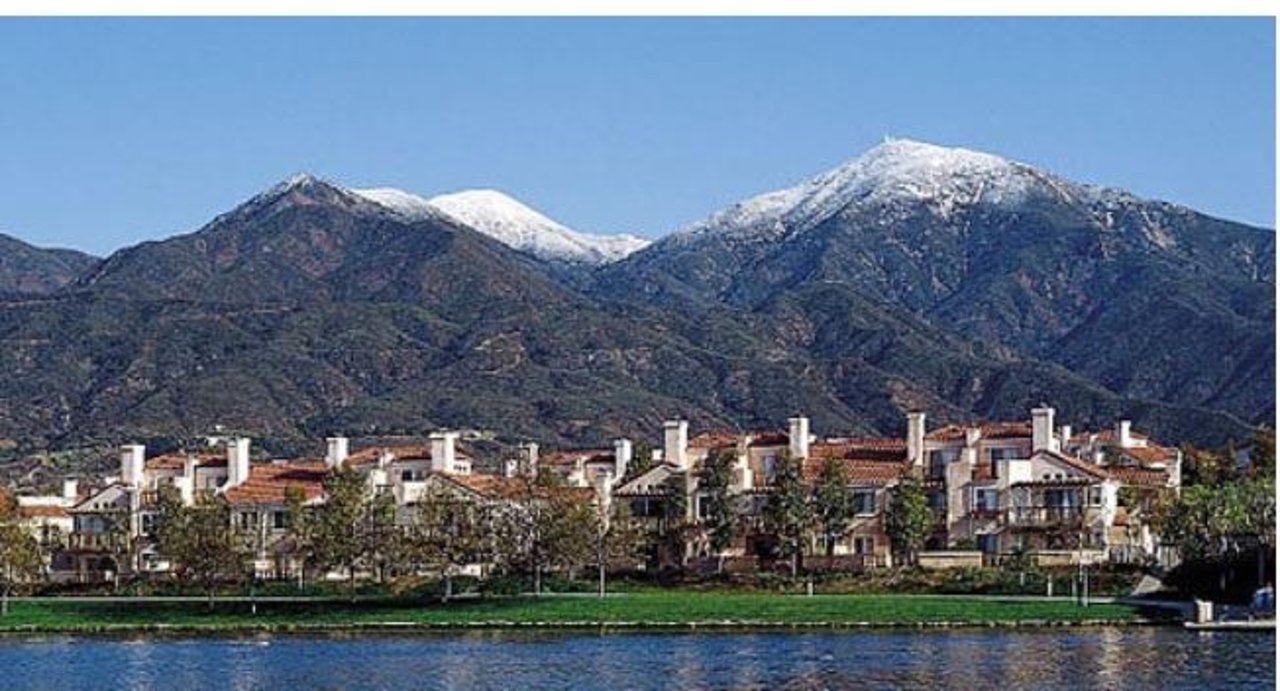
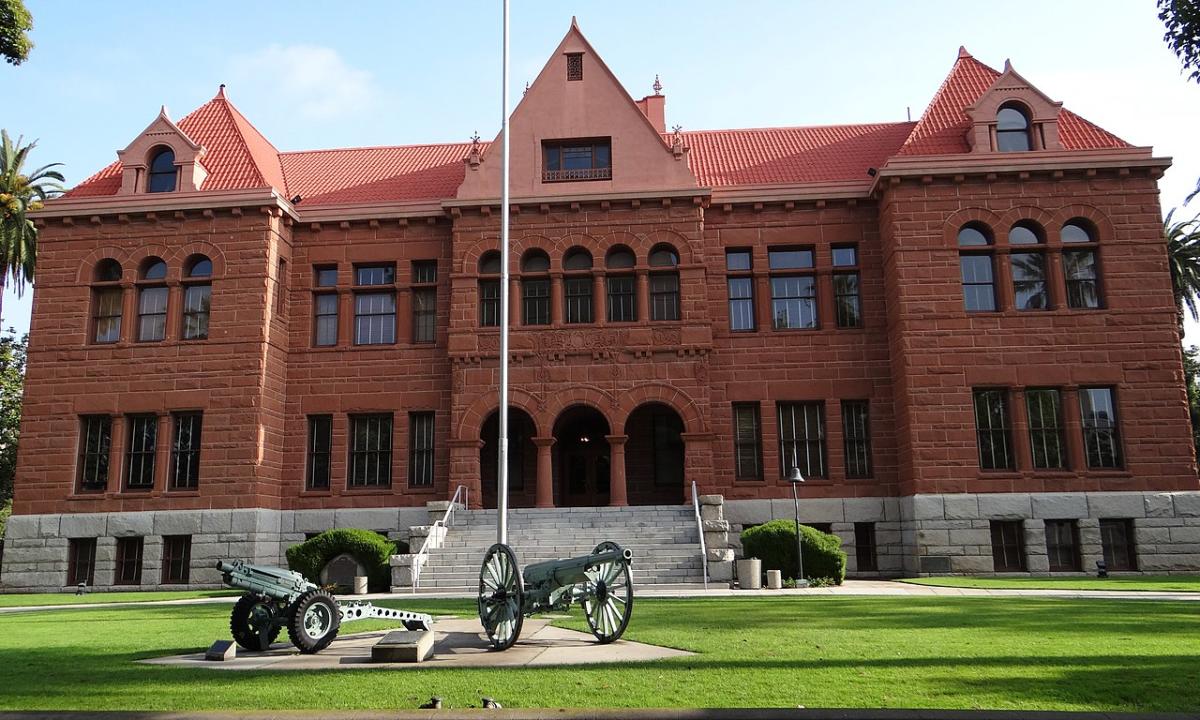
1769-1821: Spanish Colonial Era
Spanish explorers first documented the Santa Ana River valley during the 1769 Portolá expedition, naming the river after Saint Anne. The establishment of Mission San Juan Capistrano in 1776 brought Spanish colonial influence to the region, introducing cattle ranching, agriculture, and European architectural styles. During this period, the area served as grazing land for mission cattle and became part of the vast territorial holdings that would later influence Santa Ana's development patterns and cultural identity.
1821-1848: Mexican Rancho Era
Following Mexican independence, the Santa Ana valley became part of Rancho Santiago de Santa Ana, a massive 62,500-acre land grant awarded to José Antonio Yorba and his nephew Pablo Peralta in 1810. This period established the foundation of Santa Ana's Latino heritage, with Mexican families developing extensive cattle ranching operations, introducing distinctive architectural styles, and creating the cultural traditions that continue to influence the city today. The rancho system shaped land use patterns that are still visible in Santa Ana's street layouts and neighborhood boundaries.
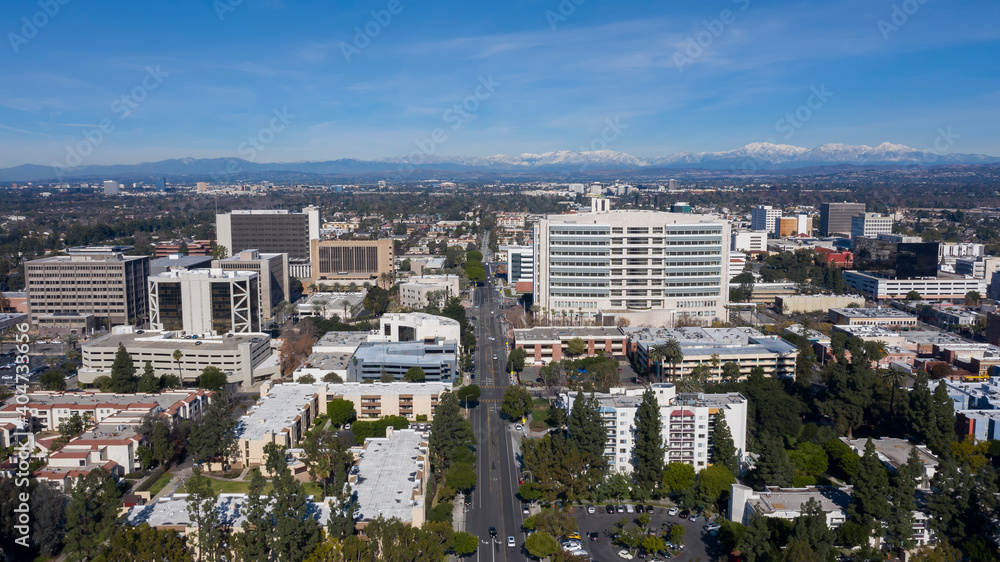
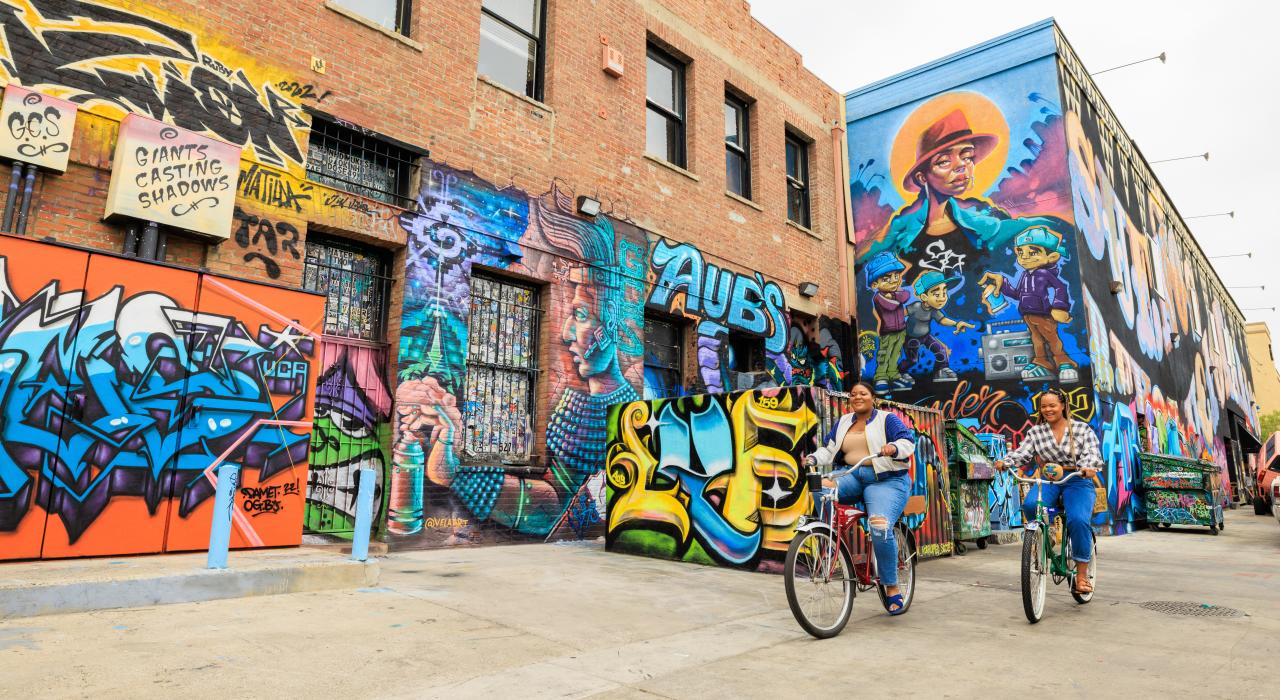
1869: Official Founding
William H. Spurgeon purchased 74.27 acres of Rancho Santiago de Santa Ana for $595 in 1869, officially founding the city of Santa Ana. Spurgeon's vision of a planned agricultural community attracted settlers with promises of fertile soil, year-round growing seasons, and proximity to Los Angeles markets. The arrival of the Southern Pacific Railroad in 1877 transformed Santa Ana from a small farming settlement into Orange County's commercial and transportation hub, establishing the economic foundation that would support the city's growth for the next century.
1900-1950: Orange County Seat
Santa Ana's selection as Orange County seat in 1889 cemented its role as the region's governmental and commercial center. The construction of the iconic courthouse in 1901, followed by the establishment of major civic buildings, banks, and department stores, created the downtown core that remains Santa Ana's historic heart. During this era, the city became known as the "Athens of Orange County" for its cultural institutions, including the founding of Santa Ana College (now Santa Ana Community College) in 1915 and the establishment of numerous civic organizations.
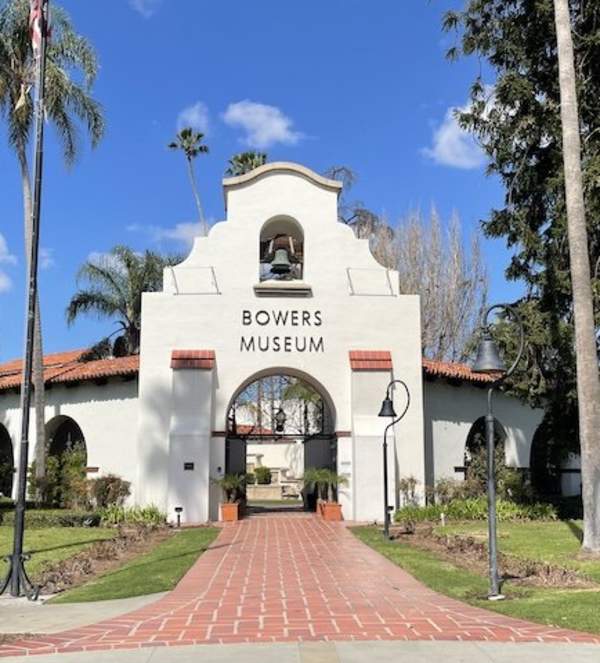

1980-Present: Cultural Renaissance
The late 20th and early 21st centuries have witnessed Santa Ana's emergence as Orange County's cultural capital, driven by significant Latino immigration, urban revitalization efforts, and strategic investments in arts and culture. The establishment of the Artists Village in the 1990s, the expansion of the Bowers Museum, and the preservation of historic downtown architecture have created a unique blend of authentic cultural heritage and contemporary innovation. Today, Santa Ana stands as California's most successful example of Latino cultural preservation within a major metropolitan area.